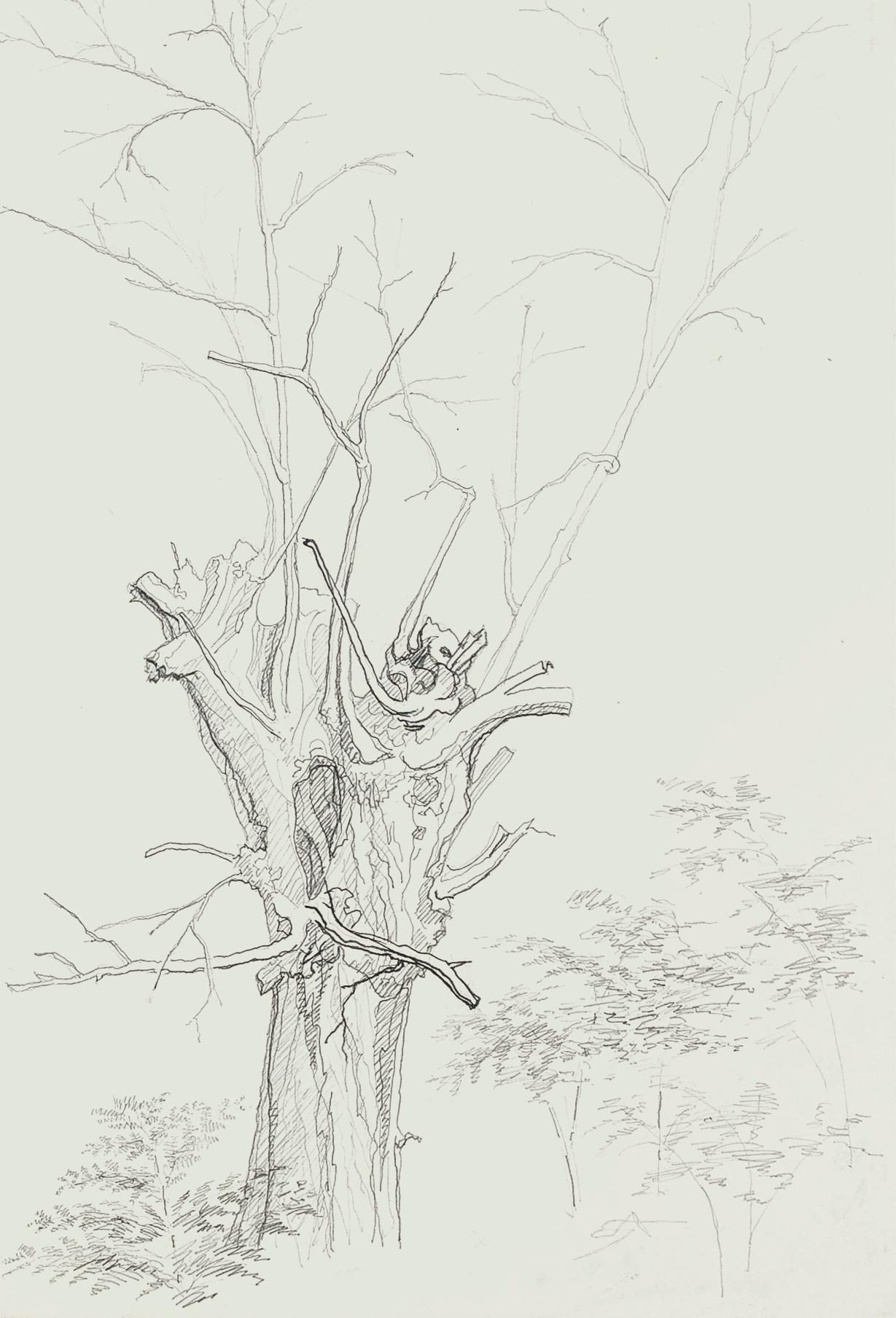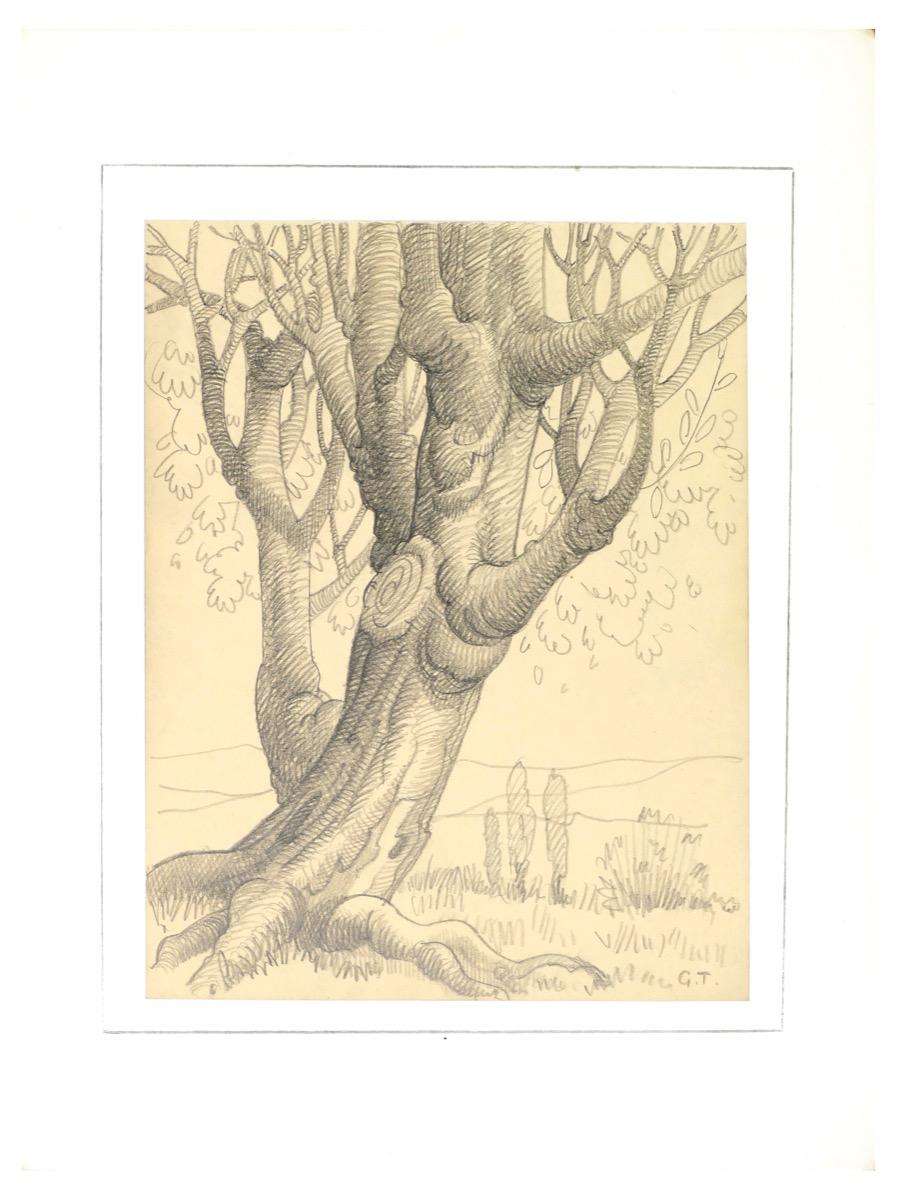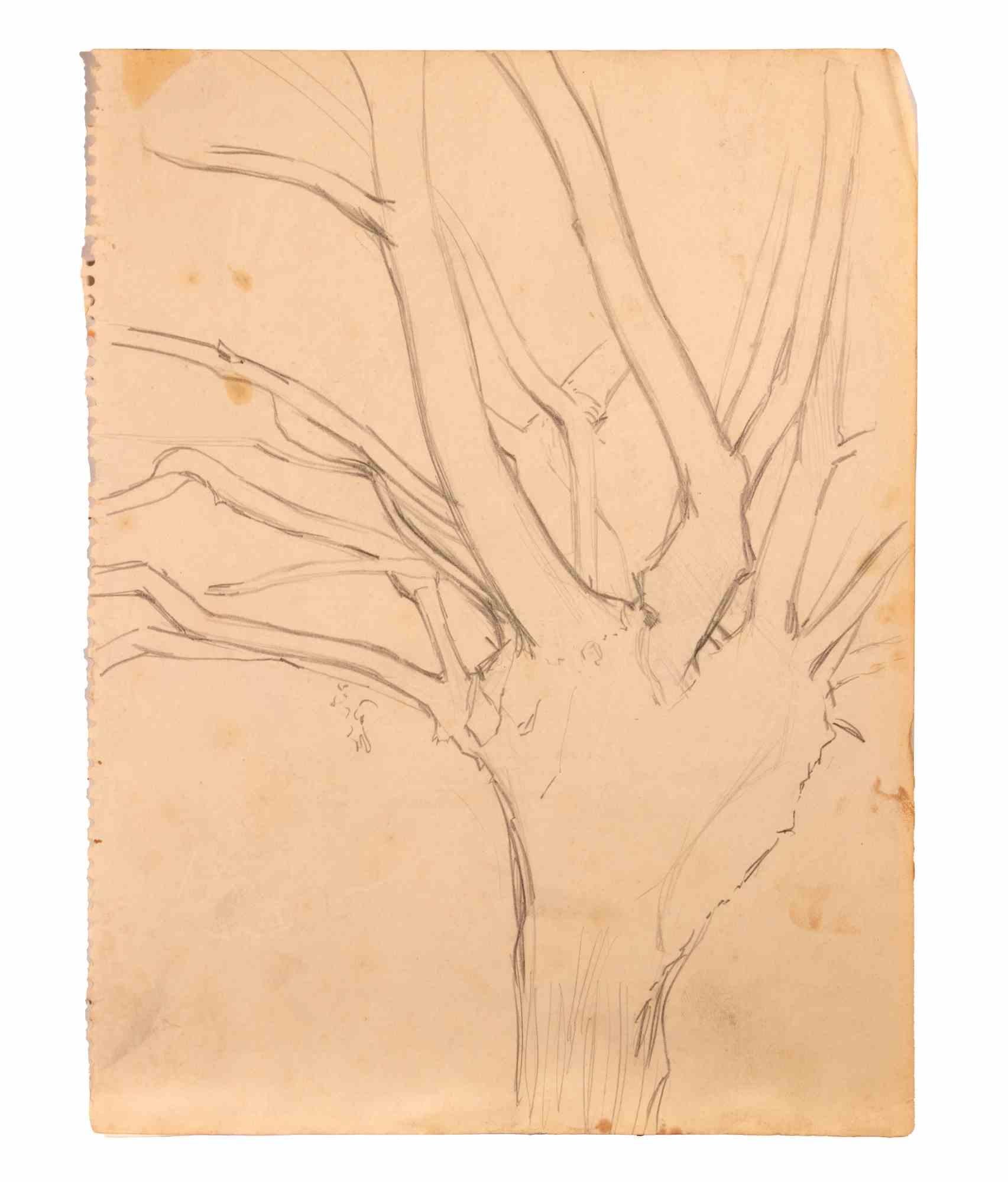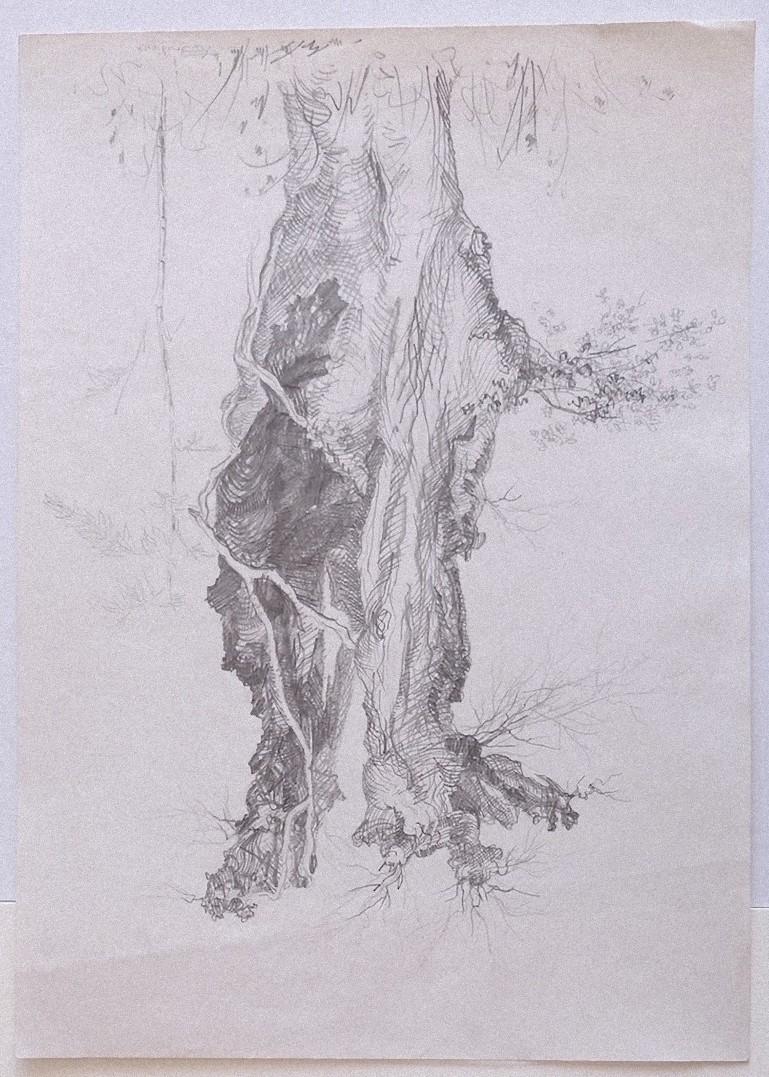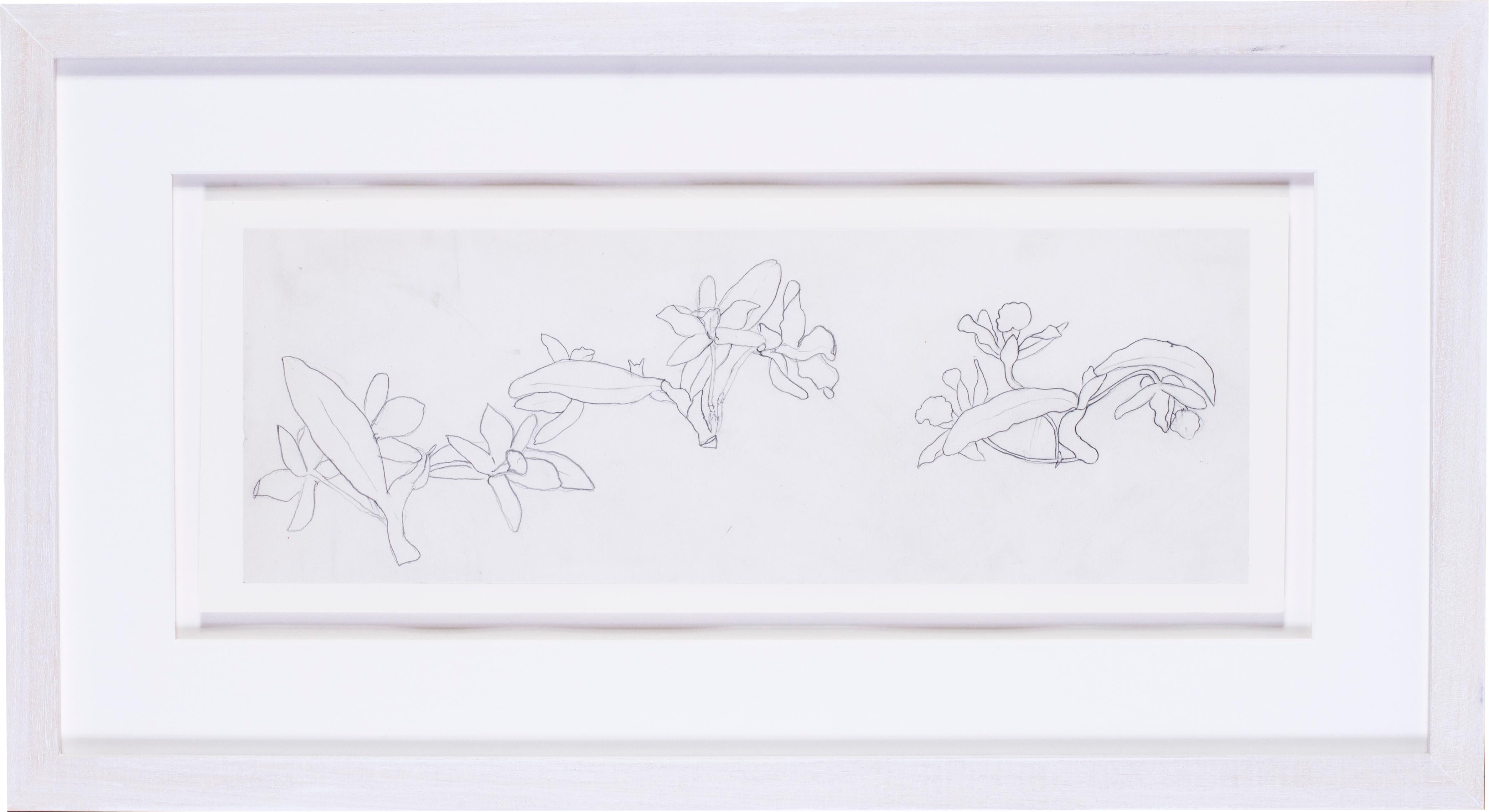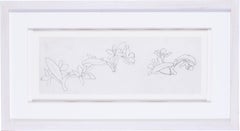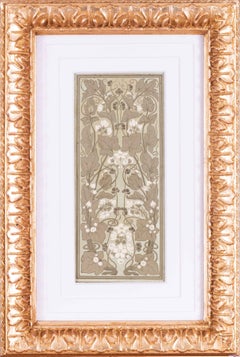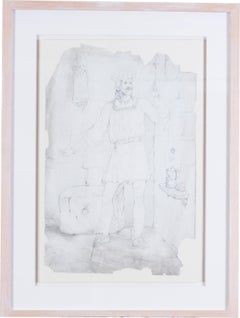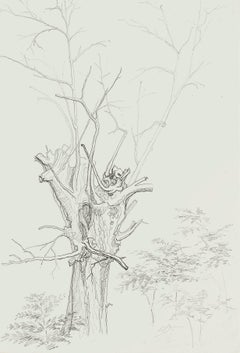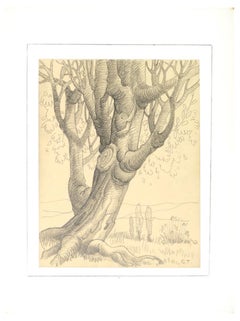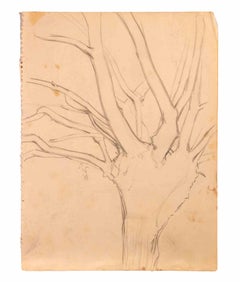Evelyn de MorganPre-Raphaelite, British turn of the 20th C 'Study of a tree' by Evelyn de Morgan
About the Item
- Creator:Evelyn de Morgan (1855 - 1915)
- Dimensions:Height: 19 in (48.26 cm)Width: 11.75 in (29.85 cm)Depth: 1 in (2.54 cm)
- Medium:
- Movement & Style:
- Period:
- Condition:Recently restored and backed on to card with a white mount.
- Gallery Location:Petworth, GB
- Reference Number:1stDibs: LU54034162061
Evelyn de Morgan
Evelyn de Morgan is identified as one of the Pre-Raphaelite Sisterhood who is now regarded as an icon of female painting. De Morgan was educated at home and started drawing lessons when she was 15. On the morning of her 17th birthday, De Morgan recorded in her diary, "Art is eternal, but life is short…" "I will make up for it now, I have not a moment to lose." De Morgan went on to persuade her parents to let her go to art school. At first, they discouraged it, but in 1873 De Morgan was enrolled at the Slade School of Art which was a great achievement at the time. De Morgan was one of the first three female artists to be admitted and was therefore a trailblazer in quashing the myth that women were not physically able to become professional artists. De Morgan was also a pupil of her uncle John Roddam Spencer Stanhope, who was a great influence on her works. Beginning in 1875, De Morgan often visited him in Florence where he lived. This also enabled her to study the great artists of the Renaissance; De Morgan was particularly fond of the works of Botticelli, an influence that comes through very strongly in her major works. De Morgan was one of the first exhibitors at the Grosvenor Gallery, the avant-garde alternative to the Royal Academy. De Morgan was a fine draughtswoman and her drawings are often mistaken for those of her male contemporaries, Frederic Leighton and Burne-Jones. Though identified as a Pre-Raphaelite, there are elements of her work that ridicule the movement. De Morgan intentionally depicted Jane Morris, Rossetti’s muse, as an old lady pondering the passing of time in the 1905 work The Hourglass a reaction to the objectivism of women. In August 1883, De Morgan met the prominent ceramicist William De Morgan, and on 5 March 1887, they married. They spent their lives together in London. De Morgan, a pacifist was deeply spiritual, expressed her horror at the First World War and South African War in over 15 war paintings including The Red Cross and S.O.S. Relative to artistic pursuits, money was unimportant to the De Morgans’; any profits from sales of Morgan's paintings went toward financing William's pottery business and she actively contributed ideas to his ceramics designs. Two years after his death in 1917, Morgan died on 2 May 1919 in London and was buried in Brookwood Cemetery, near Woking, Surrey.
- ShippingRetrieving quote...Shipping from: Petworth, United Kingdom
- Return Policy
More From This Seller
View AllLate 19th Century Pre-Raphaelite Interior Drawings and Watercolors
Paper, Pencil
20th Century Pre-Raphaelite Still-life Drawings and Watercolors
Gouache
19th Century Pre-Raphaelite Figurative Drawings and Watercolors
Paper, Pencil
20th Century Academic Figurative Drawings and Watercolors
Paper, Pencil
19th Century Pre-Raphaelite Figurative Drawings and Watercolors
Paper, Pencil
19th Century Pre-Raphaelite Figurative Drawings and Watercolors
Paper, Pencil
You May Also Like
1920s Landscape Drawings and Watercolors
Pencil, Paper
Mid-20th Century Figurative Drawings and Watercolors
Charcoal
Early 20th Century Modern Figurative Drawings and Watercolors
Paper, Pencil
1970s Modern Figurative Drawings and Watercolors
Paper, Pencil
1970s Figurative Drawings and Watercolors
Pencil
Early 20th Century Modern Figurative Drawings and Watercolors
Paper, Cardboard, Pencil
